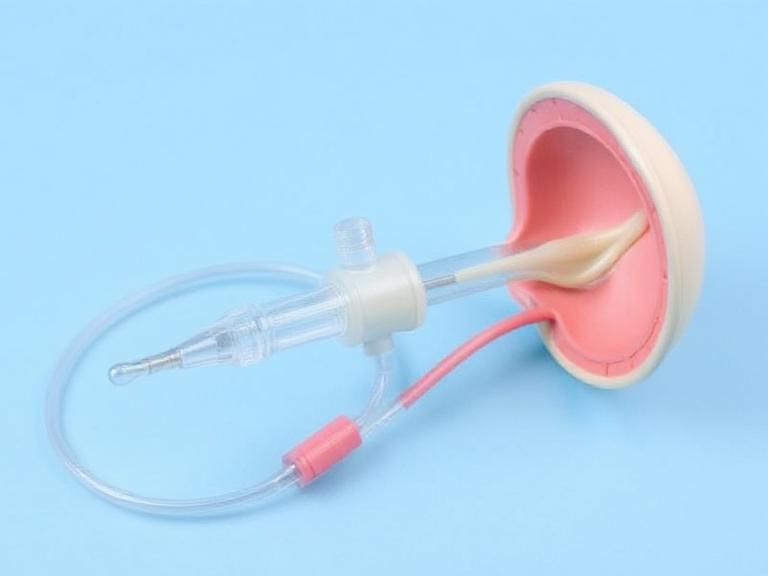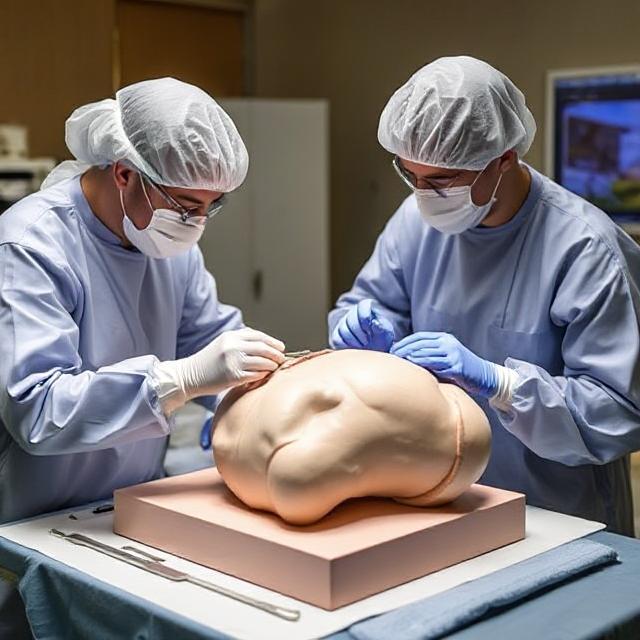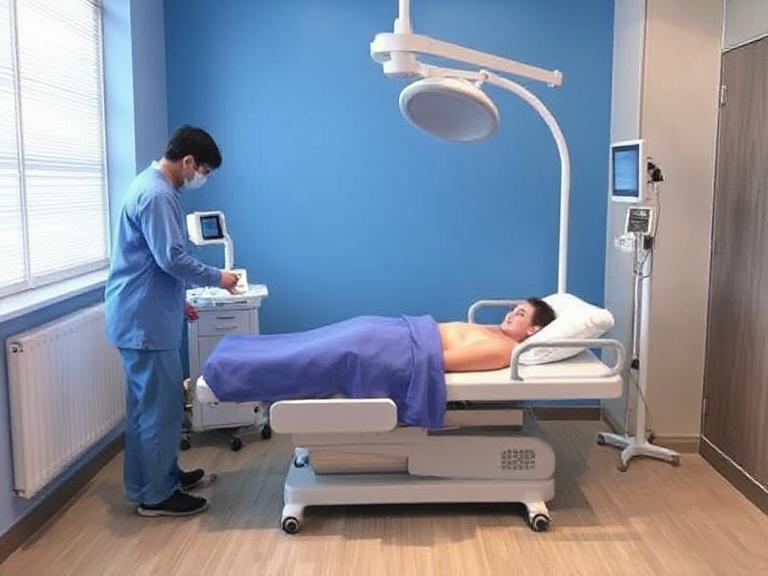For every medical student, understanding the complexities of human anatomy is essential. While textbooks and digital tools are valuable, anatomy models provide a hands-on approach that enhances spatial understanding and memory retention. Whether you’re studying for exams, teaching, or demonstrating surgical techniques, investing in a reliable human anatomy models for medical students is a smart decision.
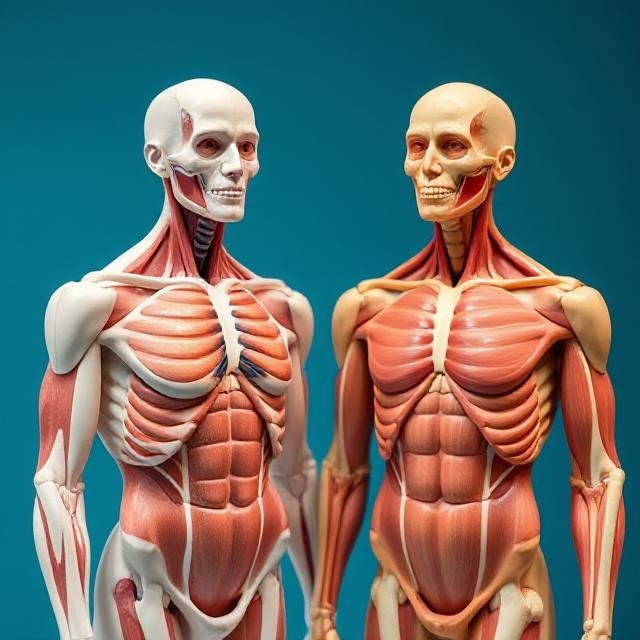
Table of Contents
- 1. Why Anatomy Models Are Important
- 2. How to Choose the Right Anatomy Model
- 3. About Medtacedu — Innovating Medical Education Tools
- 4. 7 Best Anatomy Models for Medical Students
- 5. How to Care for and Maintain Anatomy Models
- 6. Summary Table of Top Anatomy Models
- 7. Frequently Asked Questions (FAQs)
- 8. References
1. Why Anatomy Models Are Important
In medical education, visual and tactile learning significantly improve comprehension. Anatomy models allow students to explore structures in three dimensions, which enhances retention compared to studying flat images.
Key Benefits of Using Anatomy Models
- Hands-on learning: Students can manipulate and examine anatomical structures directly.
- Improved visualization: Models help learners understand the spatial relationship between organs, muscles, and systems.
- Safe practice environment: Students can perform demonstrations without risk to patients.
- Durability and reusability: A good model lasts for years, offering long-term educational value.
2. How to Choose the Right Anatomy Model
Choosing the right anatomy model depends on your field of study, level of education, and intended use. Here are key factors to consider:
Selection Criteria
- Accuracy: Ensure anatomical precision, with correct labeling and realistic proportions.
- Material quality: Silicone and high-grade PVC models last longer and feel more lifelike.
- Interactivity: Detachable or layered models allow deeper exploration.
- Purpose: Models for beginners differ from surgical or specialized training models.
- Portability: Compact, lightweight designs are great for field training or classrooms.
3. About Medtacedu — Innovating Medical Education Tools
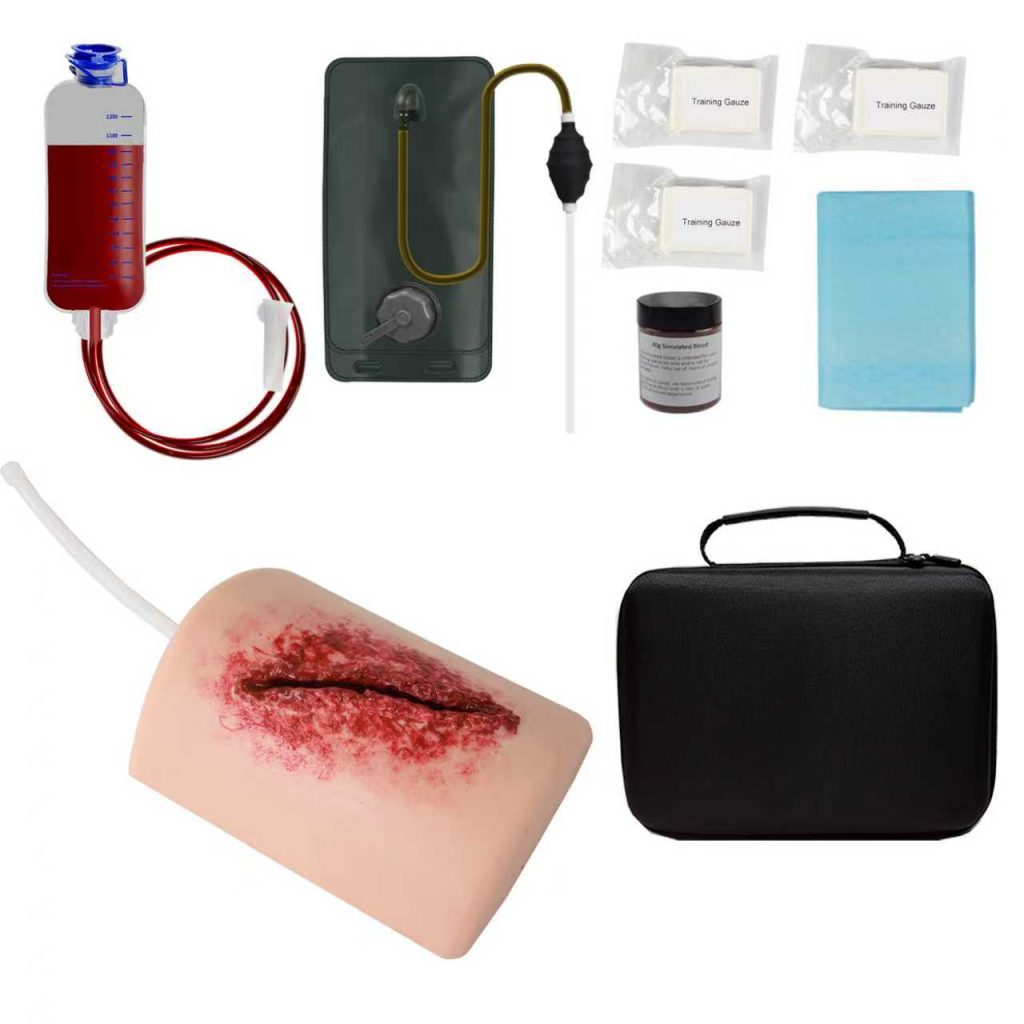

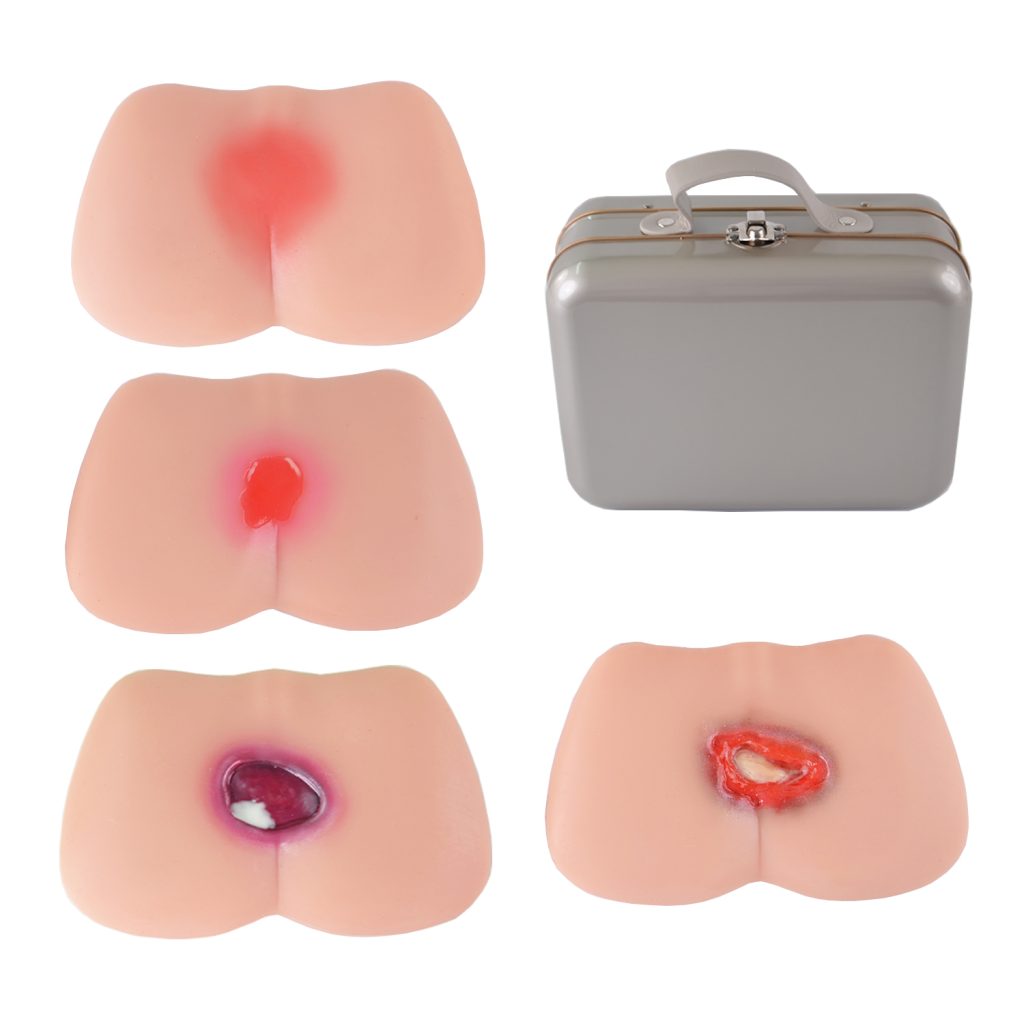


Medtacedu is a leading supplier of high-quality medical and tactical training models. With over 15 years of production expertise, the company provides precise, durable, and customizable models designed for a range of educational and professional uses.
What Medtacedu Offers
- Tactical Training: Wound dressing and trauma manikins for emergency simulations.
- Medical Demonstration: Silicone models for surgical practice and device testing.
- Science Education: Customizable educational tools for veterinary and scientific instruction.
- Injection Models: Realistic ID/SC/IM/IV injection models for nursing and cosmetic training.
Why Choose Medtacedu
- Extensive experience in medical model manufacturing.
- Fully customizable solutions for institutional and research needs.
- Proven reliability and global client base.
- Models designed with anatomical precision and tactile realism.
4. 7 Best human anatomy models for medical students
1. Full Human Torso human anatomy models for medical students
A must-have for any anatomy student, this model includes detachable organs such as the heart, lungs, liver, and intestines. It allows hands-on practice for understanding organ placement and relationships.
- Material: High-quality plastic or silicone
- Ideal for: Medical schools, teaching hospitals
- Special Feature: Color-coded parts and numbered reference chart
2. Human Skeleton human anatomy models for medical students(Life-Size)
This model provides an in-depth view of the skeletal system, perfect for osteology studies. It often includes movable joints, labeled bones, and durable mounting stands.
- Material: PVC or reinforced polymer
- Height: Approximately 180 cm
- Best for: Anatomy classes and orthopedic demonstrations
3. Brain Anatomy human anatomy models for medical students
The brain model provides sectional views of cerebral hemispheres, cerebellum, and brainstem. Medical students benefit from its color-coded areas representing different functions.
- Material: Silicone or soft plastic
- Feature: 8-part detachable sections
- Use: Neurology and psychology training
4. Human Heart human anatomy models for medical students
Cardiology students rely on detailed heart models to understand blood flow, chambers, and valves. These are typically enlarged and detachable for easy examination.
- Material: Silicone or resin
- Highlight: Cross-section view of ventricles and arteries
- Application: Cardiovascular system training
5. Muscular System Model
This model illustrates muscle groups and attachment points. Students studying kinesiology or sports medicine find it particularly useful for muscle identification and function analysis.
- Scale: Life-size or half-scale options
- Feature: Detailed surface texture mimicking muscle fibers
- Use: Physiology and physical therapy instruction
6. Eye Model (5x Magnification)
An enlarged eye model enables close examination of the retina, iris, and optic nerve. The magnified size enhances understanding of visual system anatomy.
- Material: Plastic or glass composite
- Parts: Cornea, lens, optic nerve, retina
- Use: Ophthalmology education
7. Medtacedu Silicone Arm Injection Model
Designed by Medtacedu, this realistic silicone arm model provides students with the opportunity to practice venipuncture, intradermal, and intramuscular injections safely. It’s ideal for nursing schools and cosmetic training programs.
- Material: Medical-grade silicone
- Feature: Replaceable skin and realistic vein structure
- Application: Clinical and nursing training
5. How to Care for and Maintain human anatomy models for medical students
Proper maintenance ensures the longevity and precision of anatomy models. Follow these guidelines for best results:
- Clean models using mild soap and water; avoid harsh solvents.
- Store models in a cool, dry environment away from direct sunlight.
- Handle detachable parts with care to prevent breakage.
- For silicone models, apply protective powder or silicone-safe lubricants to maintain texture.
6. Summary Table of Top human anatomy models for medical students
| Model | Key Features | Best For | Supplier |
|---|---|---|---|
| Full Human Torso | Detachable organs, color-coded design | Medical anatomy studies | Medtacedu |
| Life-Size Skeleton | Movable joints, labeled bones | Orthopedic and anatomical training | Medtacedu |
| Brain Model | 8-part detachable sections | Neurology studies | Medtacedu |
| Heart Model | Cross-section with valves and arteries | Cardiology practice | Medtacedu |
| Muscular System Model | Realistic muscle fiber detailing | Physiology and kinesiology | Medtacedu |
| Eye Model | 5x magnification with detailed anatomy | Ophthalmology students | Medtacedu |
| Silicone Arm Injection Model | Replaceable skin, realistic veins | Nursing and cosmetic training | Medtacedu |
7. Frequently Asked Questions (FAQs)
Q1: Are silicone models better than plastic models?
Yes. Silicone models provide a more realistic texture and are ideal for injection or surgical training. Plastic models, however, are more affordable for general anatomy visualization.
Q2: Can Medtacedu customize anatomy models for universities?
Absolutely. Medtacedu offers fully customizable solutions based on institutional requirements, including labeling, scale, and functionality.
Q3: How long do anatomy models last?
With proper care, high-quality silicone or PVC anatomy models can last over 10 years, even under frequent use.
Q4: What’s the most important model for beginners?
The full human torso model is highly recommended for beginners because it provides a comprehensive view of internal organs and systems.


